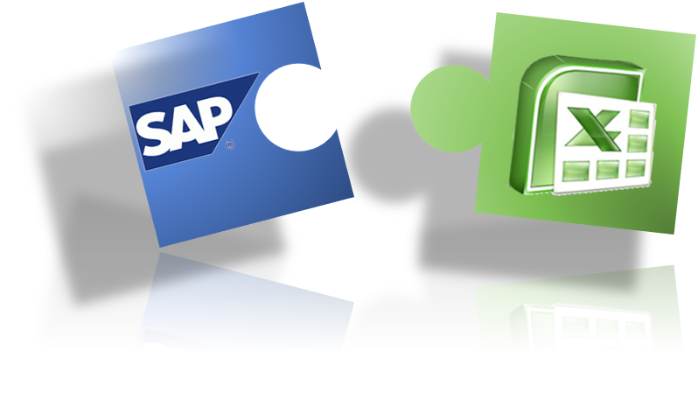In the fast-evolving landscape of data management and business operations, two fundamental tools stand out – SAP and Excel. Understanding the relationship between these powerful platforms is crucial for any organization seeking seamless integration and effective data handling. This article delves into the symbiotic relationship between SAP and Excel, shedding light on how they complement each other to create a harmonious data symphony.
What is the Relationship Between SAP and Excel?
In the realm of data management and analysis, SAP (Systems, Applications, and Products) and Excel, a part of the Microsoft Office suite, are foundational tools. Each serves a unique purpose, yet they share a symbiotic relationship in enhancing business processes and data handling capabilities.
SAP: A Comprehensive Enterprise Resource Planning (ERP) Solution
SAP is an ERP software that integrates various business processes and functions into a single unified system. It offers real-time data processing and helps organizations streamline their operations. From finance to supply chain management, SAP provides a comprehensive solution.
Excel: The Versatile Spreadsheet Tool
On the other hand, Excel is a spreadsheet software widely used for organizing, analyzing, and visualizing data. Its flexibility and ease of use make it a favorite among professionals for creating complex calculations, charts, and reports.
The Symbiosis Unveiled
The relationship between SAP and Excel is one of mutual enhancement. Excel serves as a valuable tool for data input and manipulation, which can then be seamlessly integrated into SAP. Let’s explore this synergy further.
- Data Preparation and Analysis: Excel excels in data manipulation and analysis. Users can clean and organize data, perform calculations, and generate insights using Excel’s user-friendly interface.
- Seamless Data Integration: Excel acts as a bridge, allowing users to prepare and structure data in a format that can be easily imported into SAP. This ensures a smooth transfer of data, minimizing errors and improving efficiency.
- Enhanced Reporting: Excel provides advanced reporting capabilities, enabling users to create insightful visualizations and comprehensive reports. These can be shared across the organization for informed decision-making.
- Data Visualization: Excel’s visualization tools help in presenting data in a more understandable and visually appealing manner. This can be critical in conveying insights to stakeholders and making data-driven decisions.
FAQs
Q: How can Excel complement SAP in data analysis?
A: Excel’s data analysis features empower users to pre-process and analyze data before importing it into SAP, enhancing the overall efficiency of data handling.
Q: Is Excel necessary for utilizing SAP effectively?
A: While not necessary, Excel significantly augments SAP usage, especially in data preparation, visualization, and reporting, leading to a more comprehensive understanding of the data.
Q: Can data be exported from SAP to Excel?
A: Yes, SAP allows users to export data to Excel, enabling further analysis and reporting through the spreadsheet software.
Q: How do SAP and Excel together benefit business operations?
A: The integration of SAP and Excel ensures smoother data handling and analysis, ultimately enhancing business operations and decision-making processes.
Q: Are there any limitations to using Excel with SAP?
A: Excel may face limitations with extremely large datasets, making it imperative to utilize SAP for handling massive volumes of data efficiently.
Q: What are the costs associated with SAP and Excel integration?
A: Costs vary based on organization size, requirements, and licensing models. A thorough evaluation is recommended to determine the exact integration costs.
Conclusion
The relationship between SAP and Excel is symbiotic, each enhancing the capabilities of the other. Understanding and leveraging this relationship can significantly improve data handling, analysis, and decision-making within an organization. By effectively integrating these tools, businesses can unlock a world of opportunities and streamline their operations.
If you’re a developer aiming to land a job at top tech companies, Sourcebae is here to make it easier for you. Simply create your profile, share your details, and let us take care of the rest—from matching you with the right opportunities to guiding you through the hiring process.
READ MORE: How Do You Get a Job as a React Developer?






